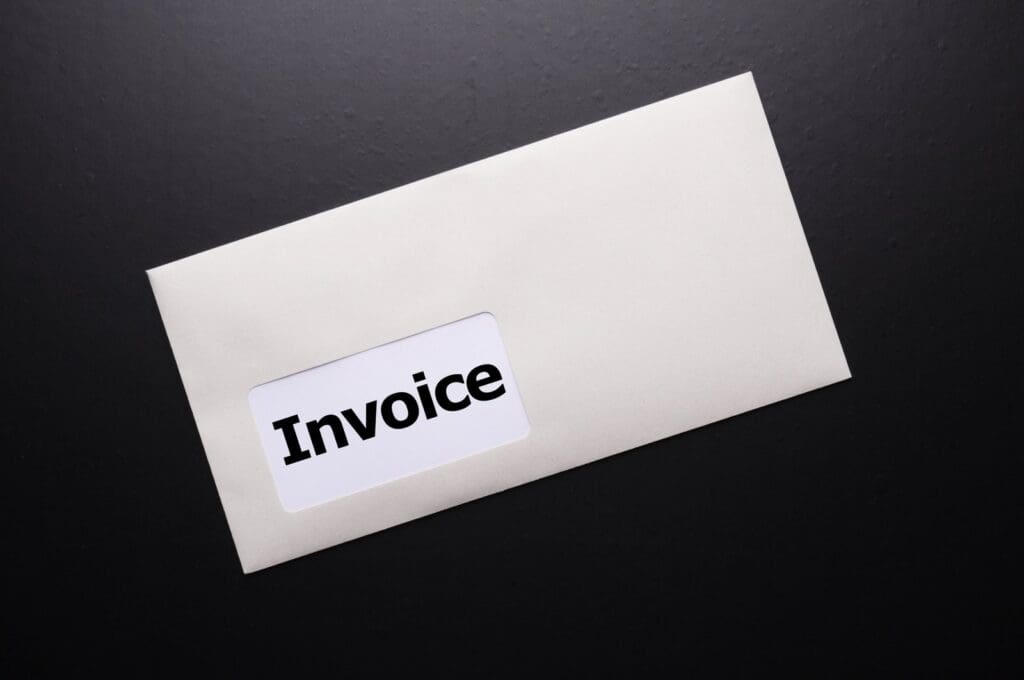There was a time when landing a stable job with fixed working hours was almost everyone’s dream. Administrative staff did their 9 to 5 jobs. salespeople loyally advertised their company and looked forward to the commission. College professors longed for a tenured role.

In this article, we’re going to understand how the gig economy originated and took shape in the USA. Next, we will look at some early steps you can take to get a foothold in your industry as a freelancer.
Gigs are not really a new thing, it was a word used by jazz musicians to describe their work assignments (don’t really know a better way to put it than ‘gig’). That was back in 1905. Thanks to Craigslist, advertising gigs became an activity of the internet in 1995.
Cut to today, 36℅ of professionals in the USA have opted to be freelancers. There are many reasons for this. The economy went global, and as amazing as that looked it also grew more and more uncertain. It has become difficult to trust your employer, layoffs can affect anyone, anytime.

In such a climate, it’s easy to see why many people would want to exit the traditional job market and try their luck as a freelancer. Harvard Business Review conducted a survey of 65 gig workers and found that while they certainly experienced anxiety about not having a secure job, they valued the independence and perks that came with it.
How to start working as a freelancer
If freelancing is on your mind, you are in for an exciting adventure. At the same time, there are some serious downsides to it, especially if you jump in without planning. So here’s a step by step guide on how to start your career as a freelancer.
Pick a niche: What are you good at?
First, think about what kind of work you would like to so. Many people like to continue in the same industry as their current job. In fact, they gain valuable skills in their full time job, which helps them establish their presence in the market as a freelance professional. They can even advertise their job experience to establish credibility and promise.

It’s always better to start with something you have experience with. That way, you don’t have to spend more time making connections, learning skills and reaching out to potential clients. But again, there are no rules against trying something new.
If you want to explore a new area, patiently research the industry first. What kind of skills or certifications will you require? Is the industry booming or dying? What kind of work is trending? Freelancing brings more freedom, so you are the one who has to make plans and stick to them.
Build your profile
Next, you need to put all your work in a portfolio, a collection of all projects you have done so far. If you are already working in the same industry, you can use your previous projects for your profile. If not, spend some time taking online courses and attending workshops that will provide you opportunities to work on small projects.

These work samples will be an important part of your profile on job seeking websites, platforms for gig work, etc. For example, Upwork is a well established platform for freelancers. This website requires you to upload a relevant work sample for some of the gigs posted there.
Reach out to potential clients
Here’s the fun part, you get to choose the people you work with. On the downside though, you have to keep looking for potential clients yourself. Think about whom you want to work with. Small businesses or giant corporations? Individuals or organizations?

All kinds of gigs come with their own benefits and drawbacks. For example, when you work for a small business, your client will always be available to provide inputs, and the communication will be seamless. In a big company, the pay will be more, but you might feel ignored or alienated from the organization.
Decide your pricing structure
When you land your first project, there’s going to be a conversation about fees and pricing. Your client is going to pop the question, “How much will you charge for this?” Now, many people, especially beginners, don’t know how to answer this question. You don’t want to undersell yourself, at the same time, you don’t want to scare the client with a big number.

Before you start putting your resume out there, think about how you want to charge your clients. Depending on how much time you spend, or units of work? Some kinds of gigs, like for example, designing a logo, require you to create different price brackets based on how complex and customized the logo is. You can offer your clients different sets of design templates with different price tags.
If you are working as a content writer, you can charge per word, and also depending on the types of content. Research-based articles and easy to read blog articles should come with a different fee structure. The more time you have to spend in making the content engaging and convincing, the more you can charge.
How to handle being your own boss
Once you have these basic things figured out for yourself, you will be well on your way to becoming a freelancer. Entering the market is a first step, sure. But staying on track is equally important. Here are some things you should be mindful of as a freelancer
Respecting deadlines
You are your own boss, so you better be a good one! It is your responsibility to push yourself to work and get things done, because while nobody will scold you for not working, you will see the consequences in your bank account.
Financial discipline
Keep track of all your invoices and check whether you are getting paid for all your work. Sometimes clients give delayed payments, or fuss over the details after the project is done. Be assertive, and persistent in your reminders. Keep a spreadsheet to monitor your monthly income.
Work life balance
When you have no fixed working hours, it’s hard to mentally check yourself out of work. You might find yourself completing tasks at home, at midnight, or on a vacation. If that is happening, you are on your way to burnout. Draw boundaries between personal life and work. Don’t take new work if you don’t have the time and mental space. Tell clients that you won’t be working after a certain time at night.
If you are looking forward to freelancing, we hope this article gave you more food for thought. With the right attitude, patience, and willingness to learn, you have got everything you need to start your journey in this gig economy. Good luck!


GIPHY App Key not set. Please check settings